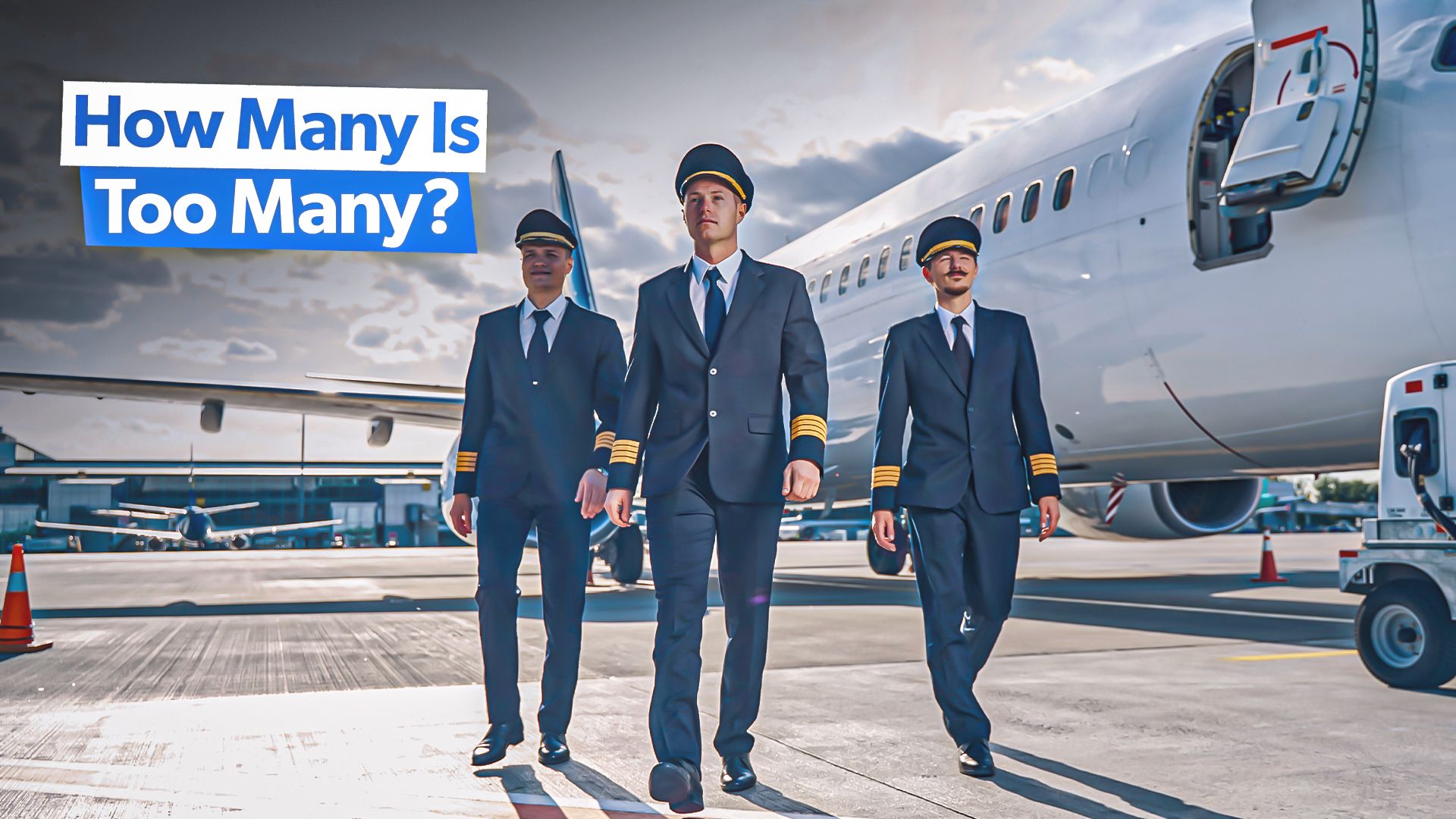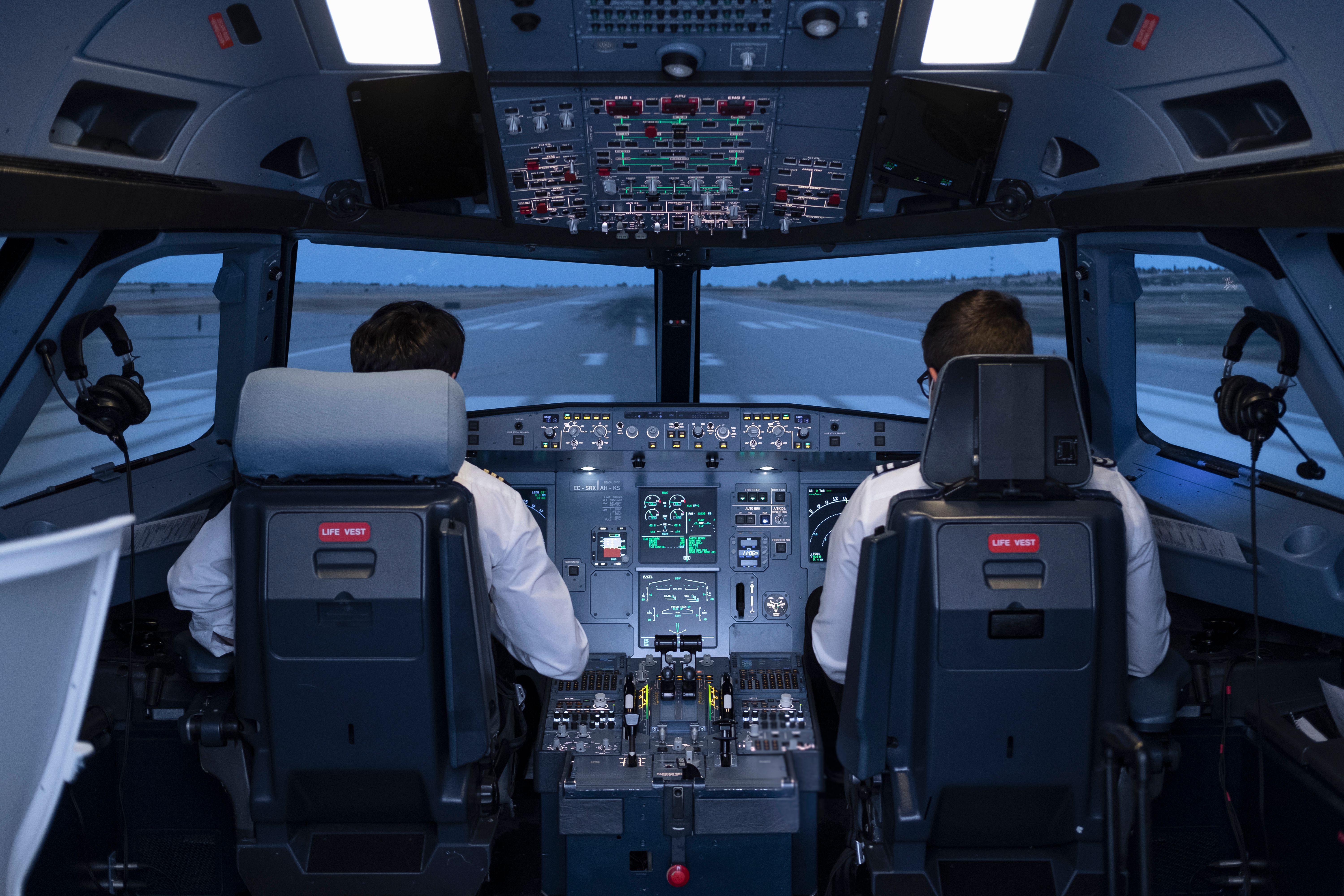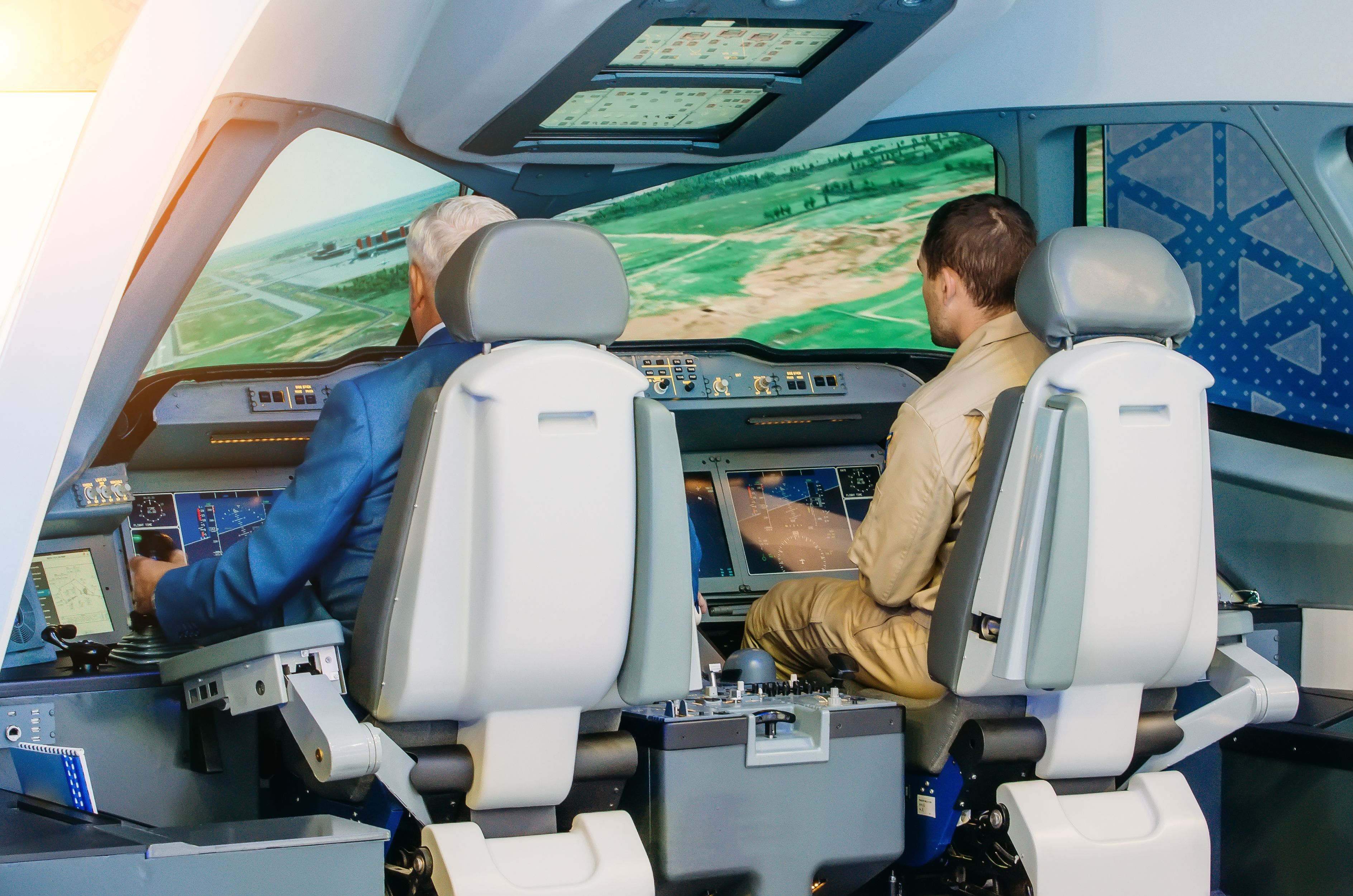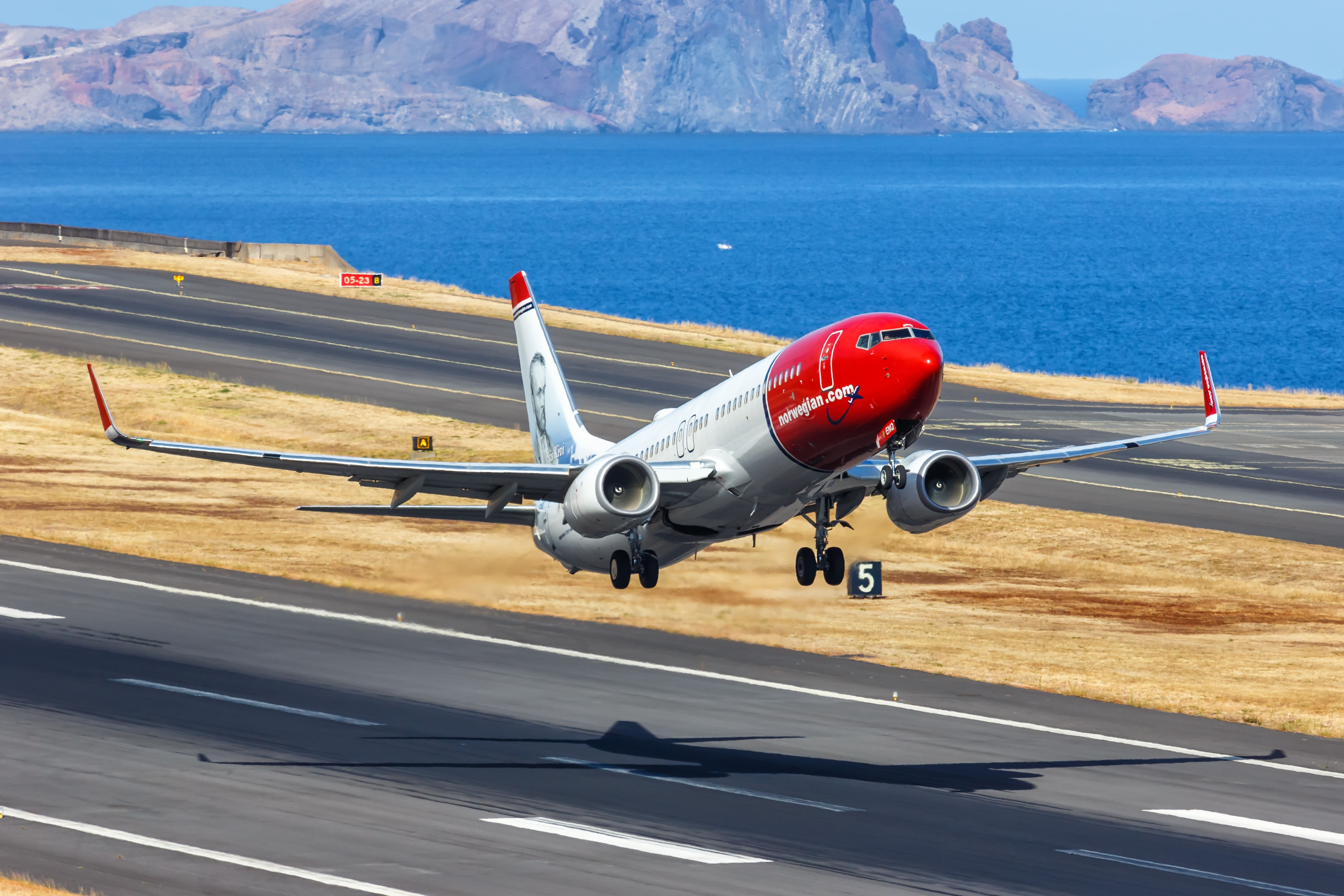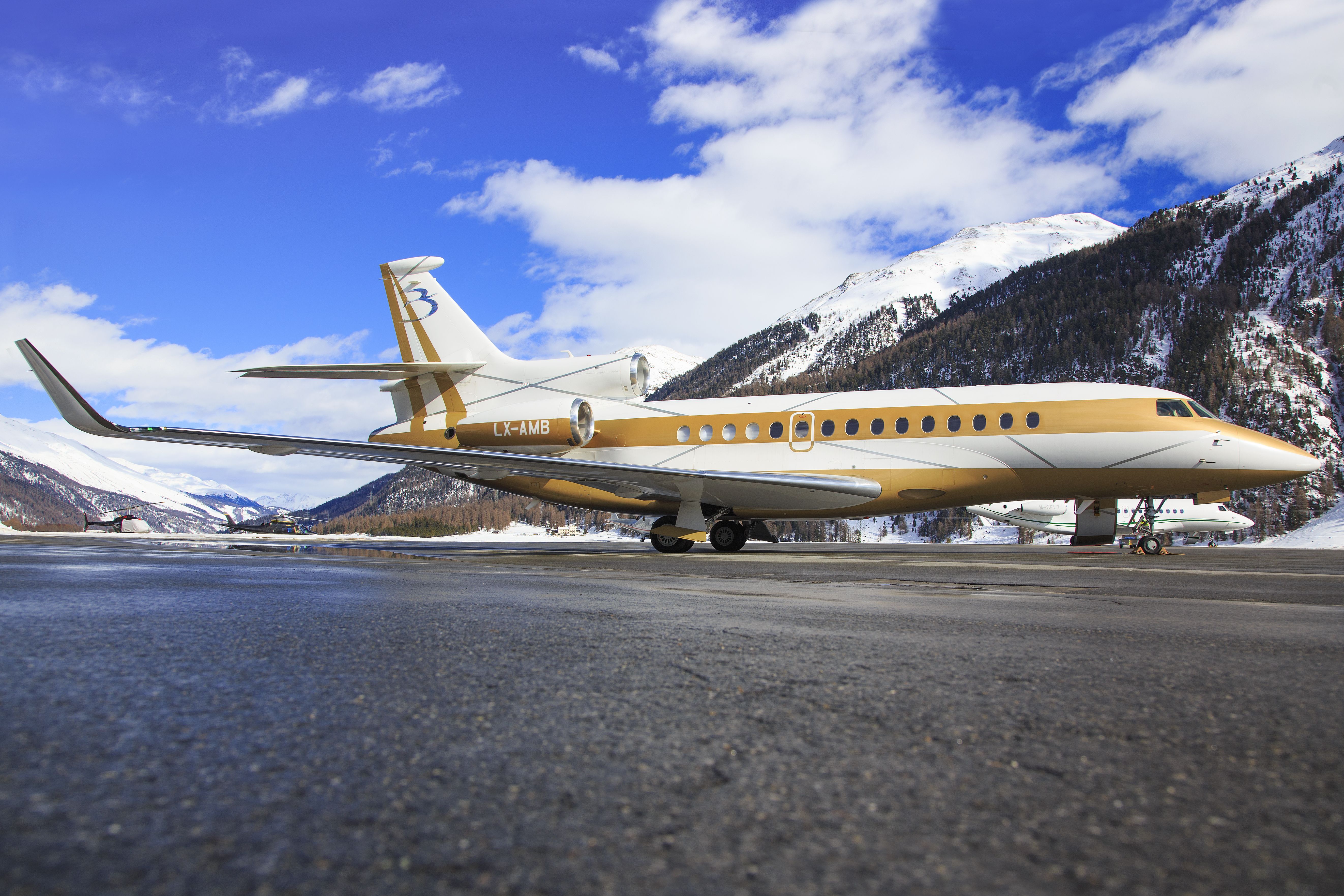Summary
- Pilots can have unlimited type ratings, but practical considerations and airline policies limit how many they can manage effectively.
- Type ratings involve ground school, simulator training, flight training, and a check ride to confirm proficiency.
- Balancing proficiency, currency, and training costs are key factors for pilots with multiple type ratings.
Type ratings are essential certifications that allow pilots to operate specific aircraft types. As aviation technology advances and fleets diversify, pilots often seek multiple types of ratings to expand their versatility and career opportunities.
We’re taking a closer look into the complexities of type ratings and answering the question: How many type ratings can a pilot actually have?
According to the FAA, there is no maximum number of type ratings a pilot can hold. Each type rating is recorded on the pilot’s certificate, and as long as the pilot meets the training and proficiency requirements, additional type ratings can be added. Robert Blaine Briggs of St. Louis, Missouri holds the current world record and achieved the most FAA aircraft pilot type ratings awarded to an individual in 2016, with 105.
What is a type rating?
A type rating is a certification that permits a pilot to operate a particular aircraft type. This certification is required for larger aircraft, typically those with a maximum takeoff weight above 12,500 pounds or those equipped with turbojet engines. The type rating ensures that the pilot has undergone the necessary training and has demonstrated proficiency in operating that specific aircraft, according to BAA Training.
Photo: Raullazaro | Shutterstock
Components of a type rating
- Ground School: Covers aircraft systems, performance, and limitations.
- Simulator Training: Provides the hands-on experience in handling the aircraft.
- Flight Training: Involves actual flying with an instructor to demonstrate proficiency.
- Check Ride: A final test with a designated examiner to confirm the pilot’s capabilities.
Regulatory aspects
The number of type ratings a pilot can hold is not explicitly limited by regulatory authorities such as the Federal Aviation Administration (FAA) in the United States or the European Union Aviation Safety Agency (EASA) in Europe. However, practical considerations and individual airline policies often impose constraints on just how many type ratings a pilot can reasonably collect.
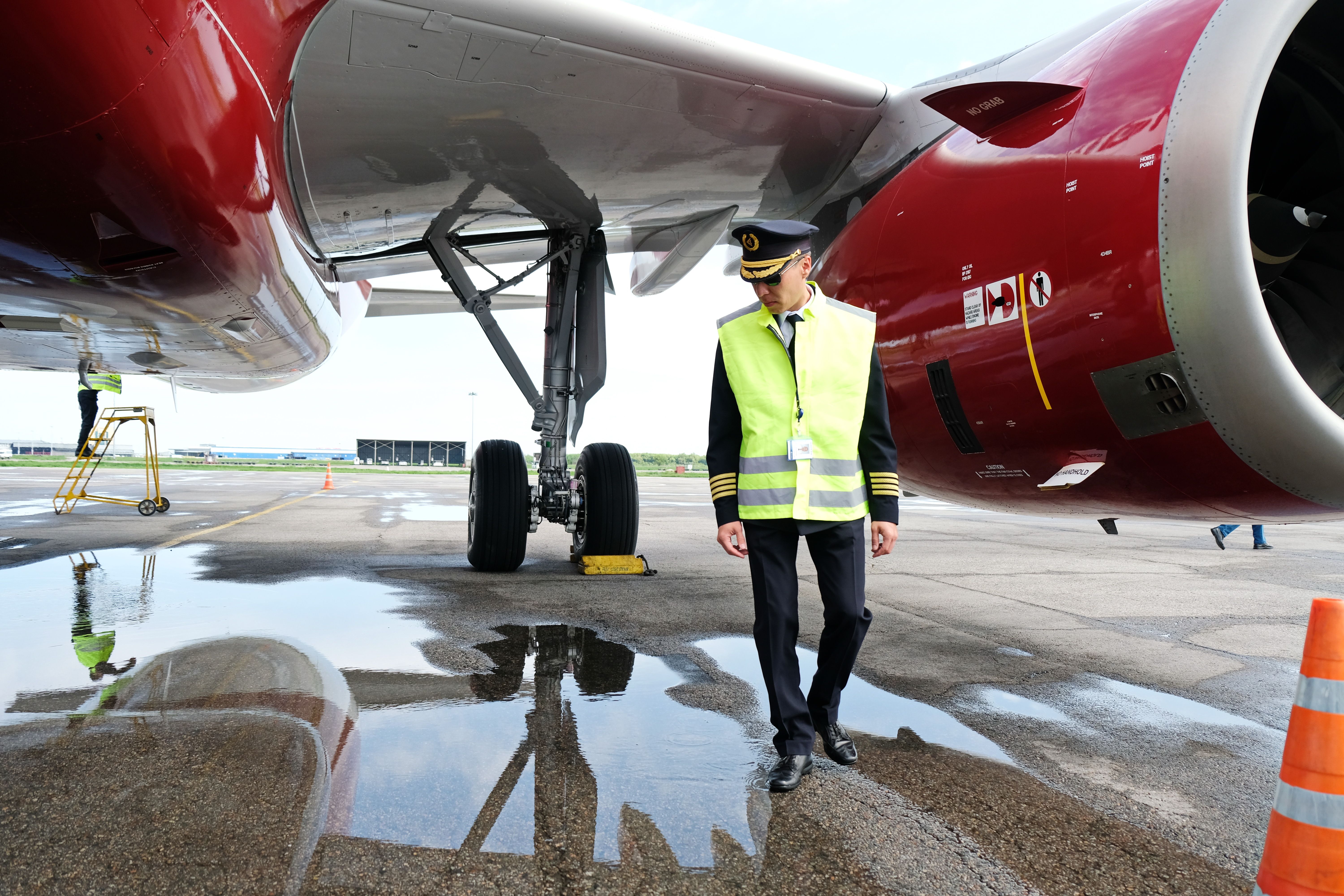
Related
Explained: The Importance Of Type Ratings For Commercial Pilots
Examining the legal credentials required to fly airliners.
Airline policies
While regulatory bodies do not limit the number of type ratings, airlines often have policies that affect how many different aircraft types a pilot can operate. These policies are based on operational efficiency, safety, and training costs.
Common practices
In some cases, pilots can benefit from common type ratings across different aircraft with the same manufacturer, reducing the need for separate certifications. This is particularly true for Airbus and Boeing aircraft. Pilots certified on the Airbus A330 can often transition to the A350 with minimal additional training, while Boeing 757 and 767 share a common type rating, allowing pilots to operate both types interchangeably.
Check out our complete guide to type rating transferability here
- Single Fleet Assignment: Many airlines assign pilots to a single aircraft type to maintain proficiency and reduce training costs.
- Fleet Commonality: Airlines with mixed fleets may train pilots on multiple types if the aircraft share common systems and operational procedures (e.g., Airbus A320 family).
- Type Rating Renewal: Pilots are required to undergo recurrent training and checks to maintain their type ratings. Managing multiple type ratings can, therefore, be both challenging and resource-intensive.
Practical considerations
Beyond regulations and airline policies, practical considerations play a significant role in determining how many type ratings a pilot can manage effectively.
Balancing proficiency and currency
Maintaining proficiency on multiple aircraft types requires regular practice and training. Pilots must stay current on each type by flying a minimum number of hours and completing periodic simulator sessions and check rides.
- Recency Requirements: Typically, pilots need to have logged a minimum number of takeoffs and landings within the last 90 days to remain current on a specific type. This varies by regulatory authority and airline policy.
Photo: aappp | Shutterstock
- Simulator Sessions: Regular simulator sessions are crucial for maintaining proficiency, especially for handling emergency procedures and less frequent flight scenarios.
Training costs
Acquiring and maintaining multiple type ratings can be an expensive investment. The costs include initial training, recurrent training, simulator time, and check rides. Airlines typically cover these costs for their pilots, but the financial burden can be substantial for freelance pilots or those seeking additional ratings independently.
Initial type rating training can cost between $10K and $30K, depending on the complexity of the aircraft. Recurrent training costs vary but commonly include simulator fees and instructor time.
Cognitive load and workload management
Pilots with multiple type ratings must manage the cognitive load of different aircraft systems, procedures, and operational nuances. This can be mentally taxing and requires exceptional organizational skills. Transitioning from flying an Airbus A320 to a Boeing 737 involves adjusting to different cockpit layouts, flight management systems, and control philosophies, which can be challenging even for experienced pilots.
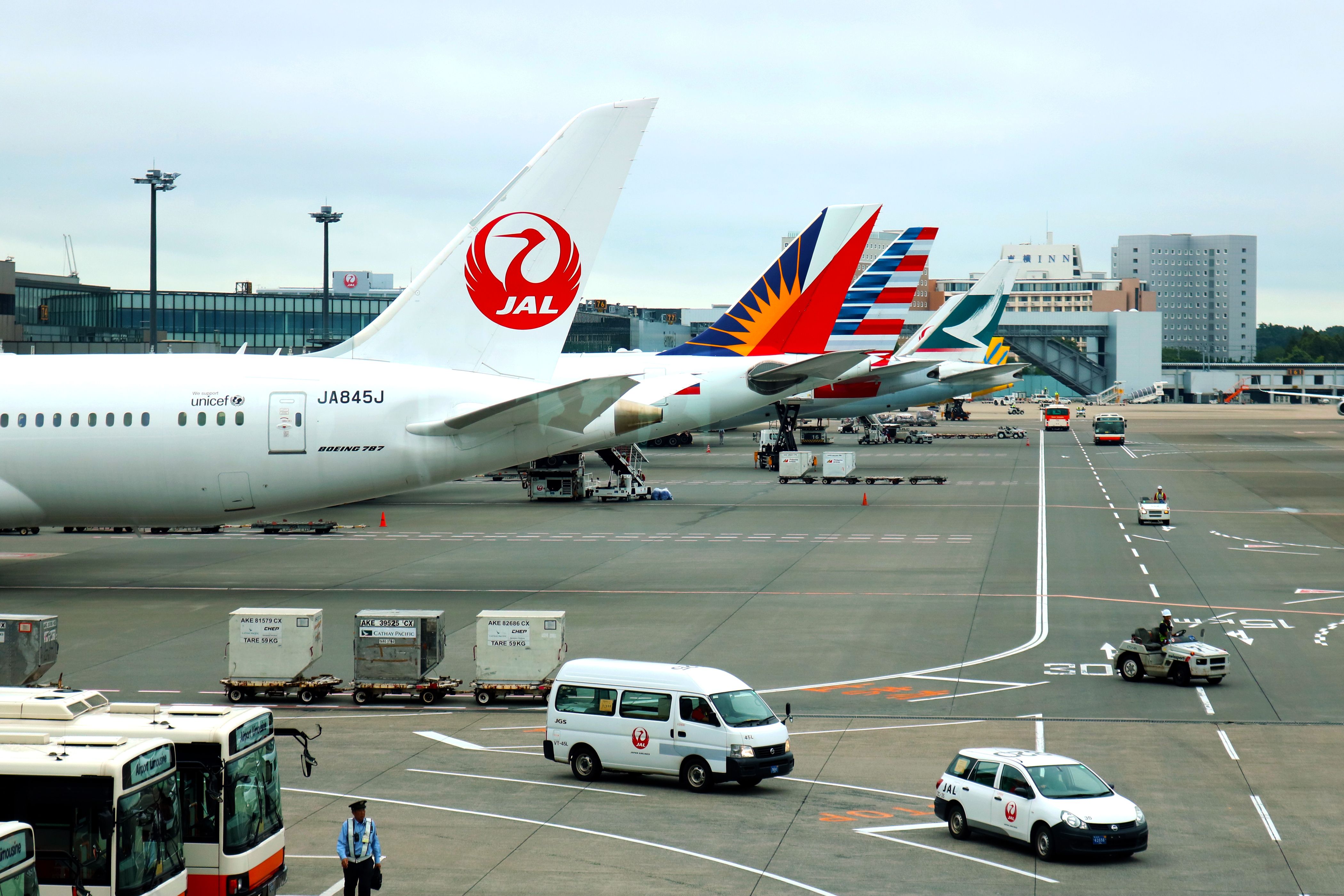
Related
How Do Pilots Retain Their Type Ratings?
An explanation of type ratings and how pilots maintain them.
Examples from the industry
Dual type ratings
Photo: Markus Mainka | Shutterstock
Many pilots hold dual type ratings, particularly in airlines that operate mixed fleets. A pilot might be rated on both the Boeing 737 and the Airbus A320 if the airline operates both types and the pilot regularly transitions between them. For example, a pilot at an airline like Norwegian Air Shuttle might be certified on both the Boeing 737-800 and 737 MAX 8, allowing flexibility in fleet operations.
Multiple type ratings in business aviation
Photo: Mike Fuchslocher | Shutterstock
In business aviation, pilots often hold multiple type ratings due to the diverse range of aircraft they may be required to operate in their day-to-day business. A business jet pilot might be certified on several different jet types to meet the varying needs of their clientele. For example, a pilot might hold type ratings for the Gulfstream G550, Bombardier Global 6000, and Dassault Falcon 7X, allowing them to fly a range of high-end jets.
Wrapping it up
While there is no regulatory limit to the number of type ratings a pilot can hold, practical considerations, airline policies, and the need for ongoing proficiency and training, all play a factor. Pilots with multiple type ratings enjoy greater flexibility and career opportunities but must balance these benefits against the demands of maintaining proficiency and meeting regulatory requirements.
Are you a pilot with multiple type ratings? Share your experiences and insights in the comments below, and stay tuned for more in-depth aviation articles on Simple Flying.

